Adobe Logo Design: History & Evolution

Image Courtesy: Adobe
When it comes to iconic images in the graphic design world, the Adobe logo design certainly ranks high on the list. This emblem, a hallmark of creativity and innovation, has undergone some fascinating changes over the years. As you venture into the digital art space, you've likely encountered Adobe's products, and their logo has become synonymous with design excellence. In this friendly stroll down memory lane, we're going to dive into the intriguing history and evolution of Adobe logo design.
From its humble beginnings to the sleek symbol we recognize today, the journey of Adobe's emblem is a testament to both design evolution and enduring brand identity. Whether you're a design enthusiast, a professional graphic artist, or simply curious about how logos shape our visual landscape, this exploration of Adobe logo design promises to be an engaging read. So grab a cup of your favorite brew, and let's uncover the creative twists and turns that have shaped one of the most recognizable logos in the tech industry!
Adobe Logo Design History
1982 - 1990
When we turn back the clock to 1982, we're greeted with the original Adobe logo design, which still resonates with many design enthusiasts today. This bold piece of art history didn't just show the company's name; it showcased Adobe's strong and futuristic approach to the ever-evolving world of design.
The logo's layout was distinct and memorable. Set within a rectangle with softly rounded angles, the thickened wordmark was both strict and visionary. The white and gray color palette may seem simple to some, but to those in the know, it represented a stable and reliable company. There was a sense of professionalism and authority behind the Adobe logo design that made people take notice.
Now, let's talk typography. The custom typeface of the capital lettering gave off an energetic vibe that was way ahead of its time. The first "A" was an open triangular shape that commanded attention, while the last "E" was artfully composed of three horizontal bars, with a cleverly cut diagonal right side. This unique design choice spoke volumes about Adobe's innovative and forward-thinking approach.
But that's not all; underneath the robust wordmark, the "Systems Incorporated" tagline sat proudly in capitalized serif lettering. This addition not only created a cohesive and balanced look but also communicated the company's commitment to pioneering systems and software.
What's so fascinating about this era of Adobe logo design is that it has stood the test of time. It didn't just comply with design trends; it defined them. While the industry has moved on and Adobe's logo has evolved, the principles behind the original design continue to inspire contemporary creatives.
As we reminisce about the 1980s and the inception of the Adobe logo design, we can't help but appreciate how it echoed the company's mission. This design was more than an emblem; it was a symbol of Adobe's dedication to driving innovation and setting trends. Its strict lines, futuristic font, and smart use of color palette spoke to the essence of a company that was destined to lead and influence the world of design.
Whether you're a budding designer or just fascinated by the way logos shape a brand's identity, the history of Adobe's logo design from 1982-1990 is a striking reminder of how creativity and smart design can tell a company's story. A glance at this logo is a glimpse into Adobe's core values and a visual representation of a moment in time when design took a leap into the future. It's a story worth knowing, and it's all part of the rich tapestry that makes up the legacy of Adobe logo design.

Image Courtesy: Adobe
1990 - 1993
In 1990, the world of Adobe logo design entered a new chapter, embracing minimalism and moving towards a design that was both elegant and powerful. Saying goodbye to the thickened wordmark and the rectangle with rounded angles, Adobe took a bold step towards simplicity. But don't be fooled; this simplified logo was anything but ordinary.
Shifting to a black and white color palette, Adobe's new logo wasn't just a departure from its original design; it was a statement. This decision to use such contrasting and commanding colors made it stand out, conveying a sense of power and confidence. It was a revelation of the company's strength and determination to lead in a rapidly modernizing world.
What made this era of Adobe logo design truly captivating was its artful blend of simplicity and modernity. The logo was comprised of nothing but the company's name, stripped of all embellishments, and yet, it looked more robust and contemporary than ever. It was a study in how minimalism can be harnessed to reflect a brand's evolving identity and commitment to the cutting edge.
The typeface was carefully chosen to communicate the brand's philosophy. It was straightforward and uncluttered, yet it resonated with a modern feeling that was hard to ignore. This wasn't just a logo; it was Adobe's assertion of its place in the digital design industry.
This phase in Adobe logo design history is a lesson in how less can often be more. By moving away from the complex and embracing the simple, Adobe managed to reflect a brand that was in tune with the times and yet timeless in its appeal. There was a sophistication to this minimalism that spoke to designers and consumers alike.
For those in the world of design, or anyone with an appreciation for the interplay between aesthetics and branding, the 1990-1993 Adobe logo design era is more than just a stylistic shift. It's a glimpse into how a brand can evolve, how it can redefine itself without losing its essence. Adobe's choice to simplify was not a reduction; it was an elevation.
In the grand narrative of Adobe logo design, these years marked a significant turning point. Adobe showed us that to be modern doesn't mean to be complicated. To be powerful doesn't mean to be ostentatious. Through this black and white emblem, Adobe redefined itself and taught us a valuable lesson in the art of minimalistic design.
Reflecting on this period of Adobe logo design, we're reminded that design is not static; it's a journey. Adobe's shift to minimalism during these years tells a story of innovation, courage, and an unerring eye for what's next. It's a reminder that great design is not just about how something looks; it's about what it communicates, and in this case, the message was clear and strong.

Image Courtesy: Adobe
1993 - 2017
The Adobe logo design went through a significant metamorphosis in 1993, embodying a new vision and capturing the essence of a company that was eager to define its future. With a striking color palette of red, white, and black, the new Adobe logo was not only eye-catching but full of symbolism.
The combination of these colors wasn't just an artistic decision; it was a message. The red signified the company's progressive approach and its vibrant energy, while the white and black brought balance and boldness. The interplay of these colors in the Adobe logo design spoke to the dynamism of a brand that was forging ahead with passion and creativity.
At the heart of this fresh design was the white signature "A", neatly placed into a red square. This emblem was not just a letter; it was a symbol of Adobe's identity, representing the pioneering spirit and innovative mindset that had become synonymous with the brand. It was an invitation to look beyond the ordinary and see what creativity could achieve.
Below the red square, the "Adobe" lettering was artfully crafted in black, harmonizing with the emblem and completing the logo. This design was deceptively simple, yet it managed to encapsulate everything that Adobe stood for. It was a testament to how intelligent design could create a visual language that resonated with people across the globe.
The years from 1993 to 2017 were marked by Adobe's growth and evolution, and the logo was a reflection of this journey. As Adobe expanded its suite of products and reached new heights in the creative industry, the logo stood as a constant reminder of the brand's core values and its relentless pursuit of excellence.
This era of Adobe logo design was about more than aesthetics; it was about storytelling. It told the story of a company that was not afraid to innovate, to challenge the status quo, and to inspire others to do the same. The red, white, and black color scheme was not just a visual choice; it was a philosophy, a declaration of intent.
In the world of design, logos are more than mere images; they are the soul of a brand. The Adobe logo design from 1993 to 2017 is a beautiful example of how a visual identity can be both captivating and meaningful. It's a lesson in how colors, shapes, and letters can come together to create something that transcends the sum of its parts.
Whether you're a designer seeking inspiration or a business leader looking to understand the power of branding, the story of Adobe logo design during these years offers valuable insights. It's a reminder that great design is not just about looking good; it's about communicating, resonating, and inspiring. It's about taking risks and being true to who you are. In the Adobe logo design, we find a symbol of a brand that did just that, and in doing so, left an indelible mark on the world of creativity.

Image Courtesy: Adobe
2017 - 2020
In 2017, the Adobe logo design embarked on a new phase, proving that even the most recognized logos can be rejuvenated without losing their essence. While the iconic red square emblem with the white "A" remained untouched, a fresh approach was taken with the accompanying wordmark, reflecting Adobe's continuous evolution.
The redesign focused on making the sans-serif typeface of the wordmark more refined and contemporary. The logo was more than a simple update; it was a masterful blend of style and modernity. By tweaking the letters while preserving the integrity of the emblem, Adobe demonstrated how subtle changes can breathe new life into a design.
The most striking aspect of this redesign was the positioning of the wordmark to the right of the emblem. This shift in alignment marked a departure from the traditional and brought a new level of sophistication to the Adobe logo design. It created a visual balance and a harmonious interplay between the emblem and the wordmark.
Now, let's talk about those letters. The rounded, playful "D" and "B" became the stars of the show. These two letters, mirroring each other, added a distinctive touch that set the Adobe logo design apart. The wordmark looked stylish and bold, exuding a confident flair that resonated with Adobe's standing as a leader in the creative industry.
What makes this period in Adobe logo design so noteworthy is the realization that changes in design don't always have to be radical to be effective. The refinement of the typeface, the repositioning of the wordmark, and the attention to details like the "D" and "B" created a fresh yet familiar feel. Adobe was embracing the new without discarding the old, and the result was a logo that felt both innovative and rooted in tradition.
For designers and brand enthusiasts, the Adobe logo design from 2017 to 2020 is a lesson in how to approach a redesign with sensitivity and intelligence. It's a testament to Adobe's understanding of its own brand, its audience, and the timeless principles of good design. This is how you evolve without losing your identity, and this is why Adobe's logo continues to be a source of inspiration.
In the grand story of Adobe logo design, these years may seem like a gentle ripple rather than a roaring wave. But it's often in the subtle touches and thoughtful refinements that true design mastery is revealed. Adobe's approach during this period was a quiet revolution, a nod to the future while honoring the past, and a beautiful example of how a logo can continue to grow, inspire, and lead. It's yet another vibrant chapter in the ongoing narrative of Adobe logo design, a story filled with creativity, innovation, and a relentless pursuit of excellence.

Image Courtesy: Adobe
2020 - Present
In 2020, Adobe once again made a change to its visual identity, reflecting its continued evolution and adaptability. This redesign was not about drastic alterations but a careful refinement that enhanced the Adobe logo design while staying true to its established brand image.
One of the most noticeable aspects of this update was the fresh take on the color palette. Adobe's iconic red became brighter, instilling a more vibrant and energetic feel. By removing the black and focusing solely on a more lively shade of red, the Adobe logo design took on a renewed sense of boldness and creativity.
The new logo maintained the red and white emblem, still positioned to the left, a symbol that had come to be associated with the very essence of Adobe. What made this redesign unique was the treatment of the title case lettering, now set in the same engaging shade of red. The lines of the characters were given a hit bolder, offering a more substantial and pronounced appearance.
Although these changes may appear minimal at first glance, they carry considerable significance. The continuity of the typeface from the previous version, paired with the nuanced adjustments to character lines, demonstrated Adobe's ability to balance consistency with innovation. This was Adobe logo design at its best: considered, purposeful, and artfully executed.
For designers, brand strategists, and anyone intrigued by the power of visual identity, the Adobe logo design from 2020 to the present is a fascinating case study. It highlights how a brand can redefine itself with a subtle touch, without losing connection with its history. It's a lesson in the value of detail, the importance of color, and the art of conveying a brand's personality through design.
In the fast-paced world of technology and design, change is constant. Yet, Adobe's approach to its logo design shows that change does not have to be disruptive. It can be a gentle transition that honors the past while looking to the future. It's a testament to Adobe's understanding of who they are and what they represent.
The Adobe logo design in this recent phase is a reminder that design is never stagnant; it's a living, breathing entity that grows with a brand. It's a story of finesse, of understanding the subtleties that make a logo not just an image but a reflection of a company's soul.
Whether you're a seasoned designer or simply someone who appreciates the interplay between color, form, and emotion, the Adobe logo design since 2020 offers rich insights. It's not just a logo; it's a narrative of a brand that knows itself, a brand unafraid to evolve, and a brand that continues to inspire with its approach to design. It's another vibrant, thoughtful chapter in the ongoing and ever-fascinating story of Adobe logo design.

Image Courtesy: Adobe
Analysis: Adobe Logo Design Evolution
The evolution of Adobe logo design is a fascinating journey that reflects not just the growth of a renowned company but also broader shifts in design trends and business philosophies. From its initial bold statement to the refined minimalism of recent years, the Adobe logo tells a story that many can learn from. In this analysis, we'll explore five key aspects of Adobe logo design evolution, shedding light on what makes this visual identity both iconic and instructive.
From Bold to Minimalistic
The Adobe logo design began with a thickened, bold wordmark, only to evolve into a more minimalistic, modern form. This shift from complex to simple underscores a growing appreciation for clean lines and uncluttered design, emphasizing the timeless principle that simplicity often speaks loudest.
Color Palette Transformation
The Adobe logo's color evolution from the original white and gray to the bright red of recent years is symbolic of the company's progression. The choice of colors reflects the company's identity at various stages, with red symbolizing its energetic, innovative approach.
Typeface Refinement
Throughout the Adobe logo design evolution, the typeface has seen subtle refinements, moving from strong and futuristic to stylish and contemporary. These changes reveal Adobe's keen eye for detail and a recognition that even small adjustments can create a fresh, relevant appearance.
Balancing Brand Heritage and Innovation
Adobe logo design has maintained a remarkable balance between preserving core elements that resonate with its heritage and embracing innovative design features that reflect the current times. It's a delicate equilibrium that has kept the logo both recognizable and exciting, ensuring its continued resonance with audiences.
Emphasizing the Emblem
The use of the emblem, especially the signature "A," has become a consistent and strong element in the Adobe logo. This focus on the emblem acts as a powerful visual cue, creating a distinctive image that stands out and firmly imprints the Adobe brand in the minds of consumers.
The Adobe logo design evolution is a treasure trove of insights and inspirations for designers and brand enthusiasts alike. Its transformations and consistencies offer a vivid picture of how a visual identity can grow, adapt, and thrive over time. From the careful selection of colors to the thoughtful refinement of typefaces, the Adobe logo design's evolution serves as a robust example of how to navigate the ever-changing landscape of design with grace, intelligence, and a strong sense of brand identity. It stands as a testament to the enduring power of good design and a compelling reminder that even the most familiar logos can continue to surprise and inspire.

The Philosophy & Meaning Behind Adobe Logo Design
The Adobe logo design is not just a symbol; it's a manifestation of the company's values, goals, and identity. Each evolution of the logo tells a story, reflecting Adobe's commitment to innovation, creativity, and excellence. In this section, we will explore five key philosophies that underpin the Adobe logo design, unveiling the profound meaning behind this iconic emblem.
Innovation and Evolution
The Adobe logo design has seen several iterations over the years, each signifying the company's focus on innovation and evolution. From the futuristic touch in the original design to the contemporary refinements, the logo embodies Adobe's relentless pursuit of growth and the ability to adapt to an ever-changing industry.
Simplicity and Elegance
Adobe has consistently embraced simplicity in its logo design. The minimalist approach, whether in color selection or typeface, speaks to the company's belief in the power of understatement. The elegance of the logo conveys a sense of confidence and mastery, reflecting Adobe's position as a leader in the creative field.
Color Psychology
The color choices in Adobe logo design are not arbitrary; they are imbued with meaning. The bright red, for example, symbolizes the company's vibrant energy and progressive approach, while the original white and gray palette signified stability and reliability. Color is used as a tool to convey emotion and philosophy, resonating with both the company's vision and its audience's perceptions.
Balancing Tradition and Modernity
The various changes in Adobe logo design highlight a beautiful balance between tradition and modernity. While embracing new trends and styles, the logo has retained core elements that anchor it to its roots. This balance showcases Adobe's respect for its history while eagerly looking to the future, ensuring a timeless appeal.
Visual Storytelling
The Adobe logo design is more than a visual representation; it's a form of storytelling. The mirroring of letters, the playful twists in typefaces, and the thoughtful positioning of elements all combine to narrate the story of a brand that celebrates creativity, inspires innovation, and strives for excellence. It's a logo that communicates, connecting with people's minds and hearts.
The philosophy and meaning behind Adobe logo design go beyond aesthetics. It's about expressing the essence of a brand that has been at the forefront of creativity and technology. By understanding these underlying principles, one can appreciate the depth and thoughtfulness that goes into crafting a logo that not only represents a company but resonates with its mission and values. Adobe's logo stands as a symbol of what thoughtful design can achieve and serves as an inspiring example for designers and brands alike.

What Can We Learn from Adobe Logo Design
The Adobe logo design is not merely a visual icon; it's a textbook example of design ingenuity, adaptability, and brand awareness. Whether you're a seasoned designer, a burgeoning artist, or simply a lover of well-crafted visual identities, there's a wealth of insight to be gleaned from the Adobe logo's journey. In this section, we'll uncover five key lessons that the Adobe logo design has to offer.
Embrace Change, but Maintain Identity
The Adobe logo design teaches us the value of evolving while staying true to the core brand identity. Each redesign reflects the changing times and trends but never abandons the fundamental elements that make it uniquely Adobe. It's a lesson in how to innovate without losing the essence of what makes a brand recognizable and beloved.
Simplicity Can Be Powerful
Adobe's logo design underscores the potent impact of simplicity. From the minimalistic color palette to the clean lines and typefaces, Adobe has shown that simplicity is not a compromise but a deliberate, effective choice. This approach speaks to the company's confidence and resonates with a broad audience, proving that less can indeed be more.
Details Matter
A closer look at the Adobe logo design reveals the importance of paying attention to details. Subtle tweaks, like the mirroring of letters or the careful alignment of elements, can transform a good design into a great one. It's a reminder to designers that every line, curve, and shade has a purpose and can contribute to a cohesive and engaging visual story.
Color Conveys Emotion
The selective use of color in the Adobe logo design is a masterclass in how color can evoke feelings and reinforce brand messaging. The bright red symbolizes energy and innovation, while the removal of black emphasizes clarity and focus. It's a lesson in how to utilize color not just for aesthetics but as a strategic tool in branding.
Timelessness Requires Balance
Crafting a timeless logo requires a delicate balance between embracing contemporary trends and respecting timeless design principles. The Adobe logo design has managed to remain fresh and relevant across decades by finding this equilibrium. It's a lesson in how to create a logo that not only reflects the present moment but is poised to endure into the future.
The Adobe logo design is a rich source of inspiration and learning for anyone interested in branding, design, and visual storytelling. Its evolutions and consistencies offer valuable insights into how to create impactful and lasting visual identities. From the elegance of simplicity to the strategic use of color, the Adobe logo design is a living lesson in how to design with purpose, intelligence, and a deep understanding of brand identity. It stands as a compelling testament to the transformative power of thoughtful design.
Conclusion
The journey through the evolution of Adobe logo design is more than a glimpse into a brand's visual transformation; it's an inspiring story of creativity, innovation, and thoughtful design. From bold beginnings to modern refinements, the Adobe logo serves as a beacon for designers and businesses alike, teaching valuable lessons about simplicity, adaptability, and timeless appeal. Whether you're a seasoned designer or just fascinated by the world of branding, the Adobe logo design offers a rich tapestry of insights that can fuel your creative pursuits and deepen your appreciation for the art of design.
Let Us Know What You Think!
These fantastic logo design articles are written and curated by Kreafolk's team. We hope you enjoy our information and remember to leave us a comment below. Cheers!



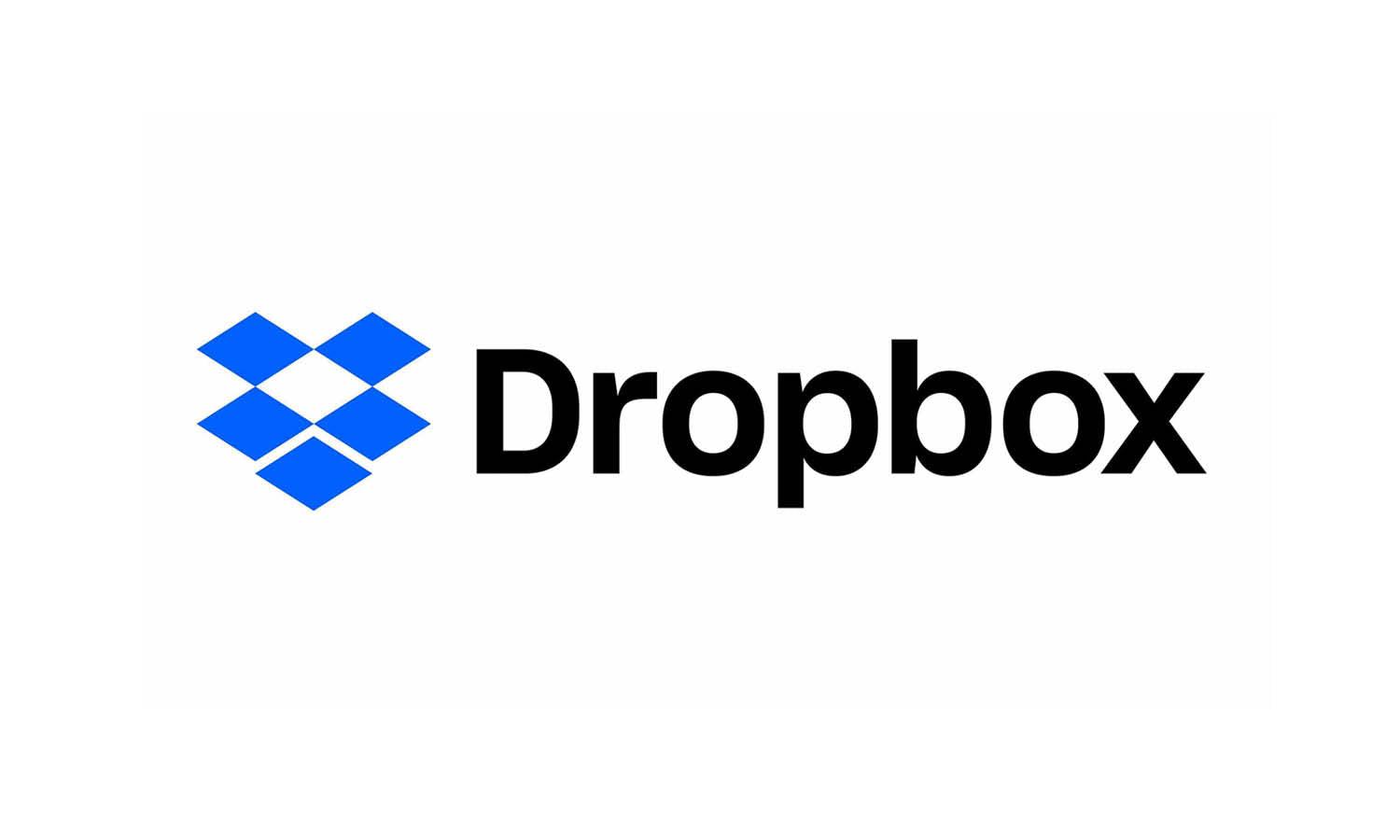
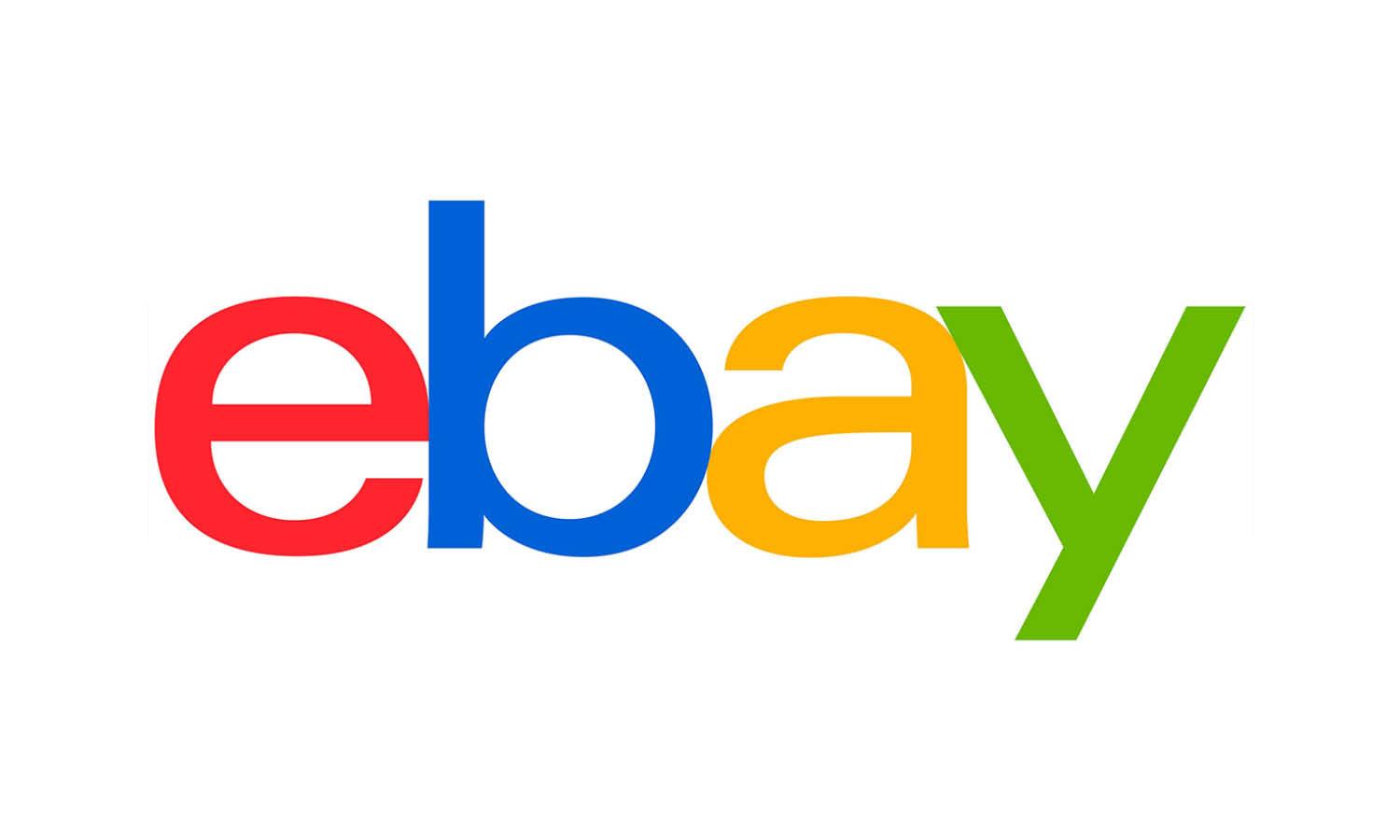
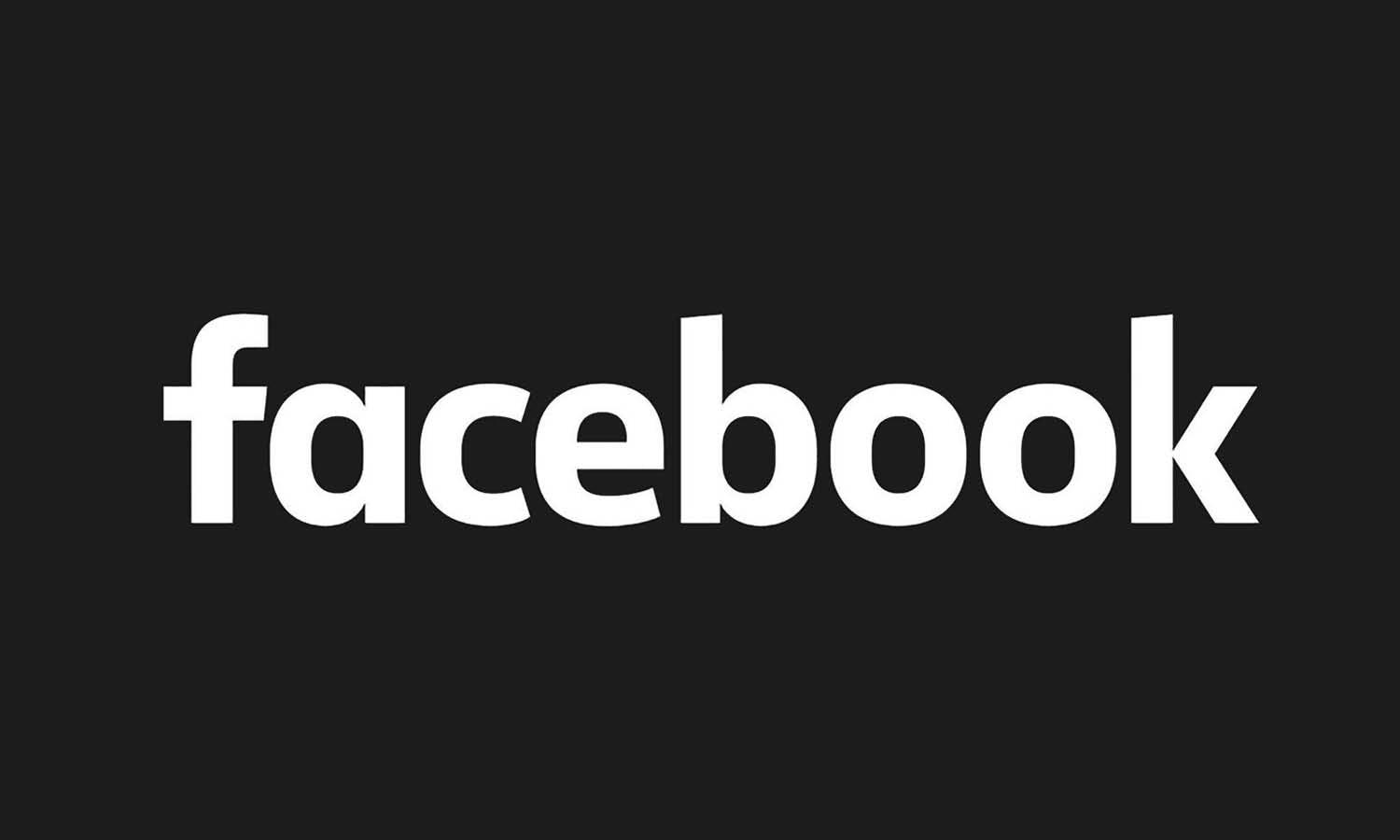
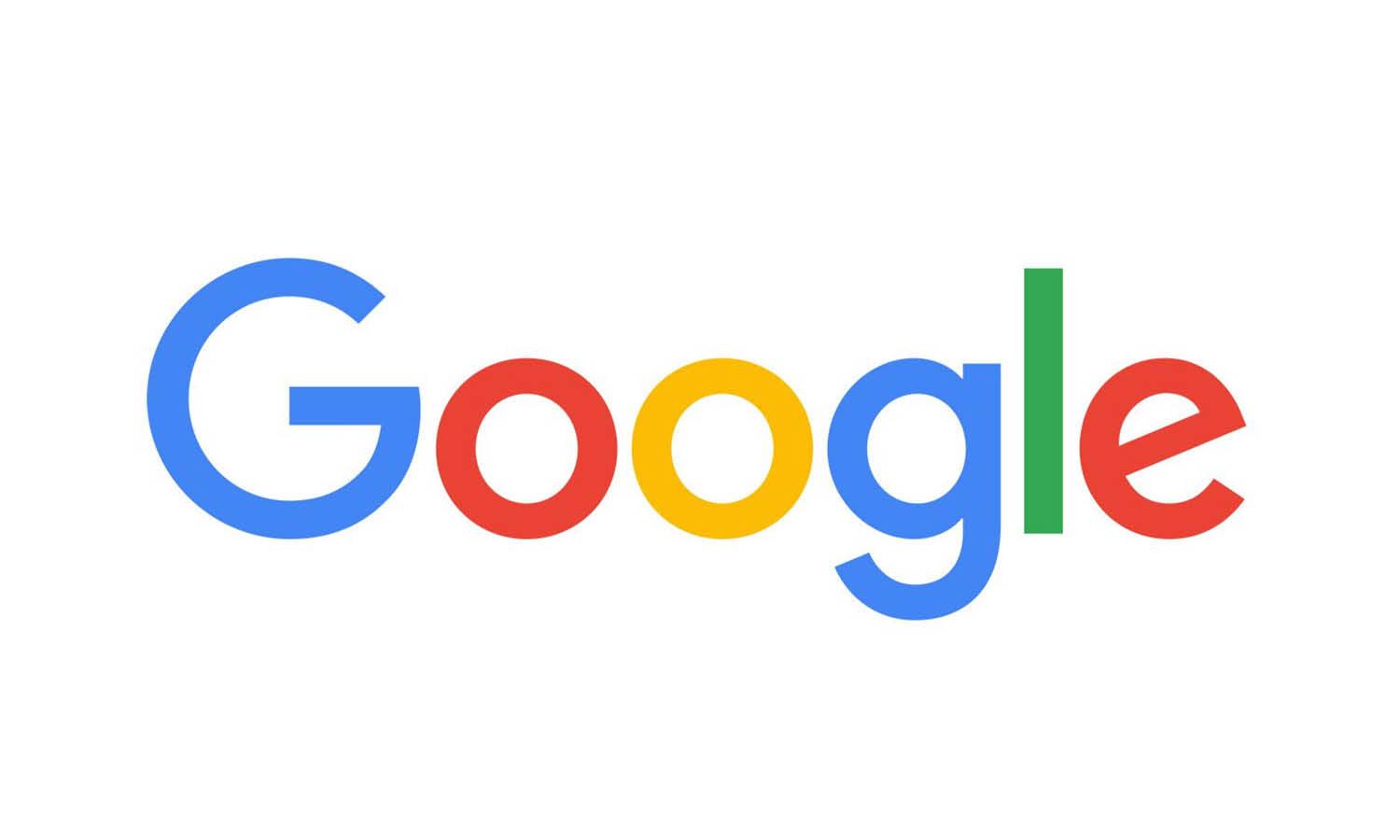
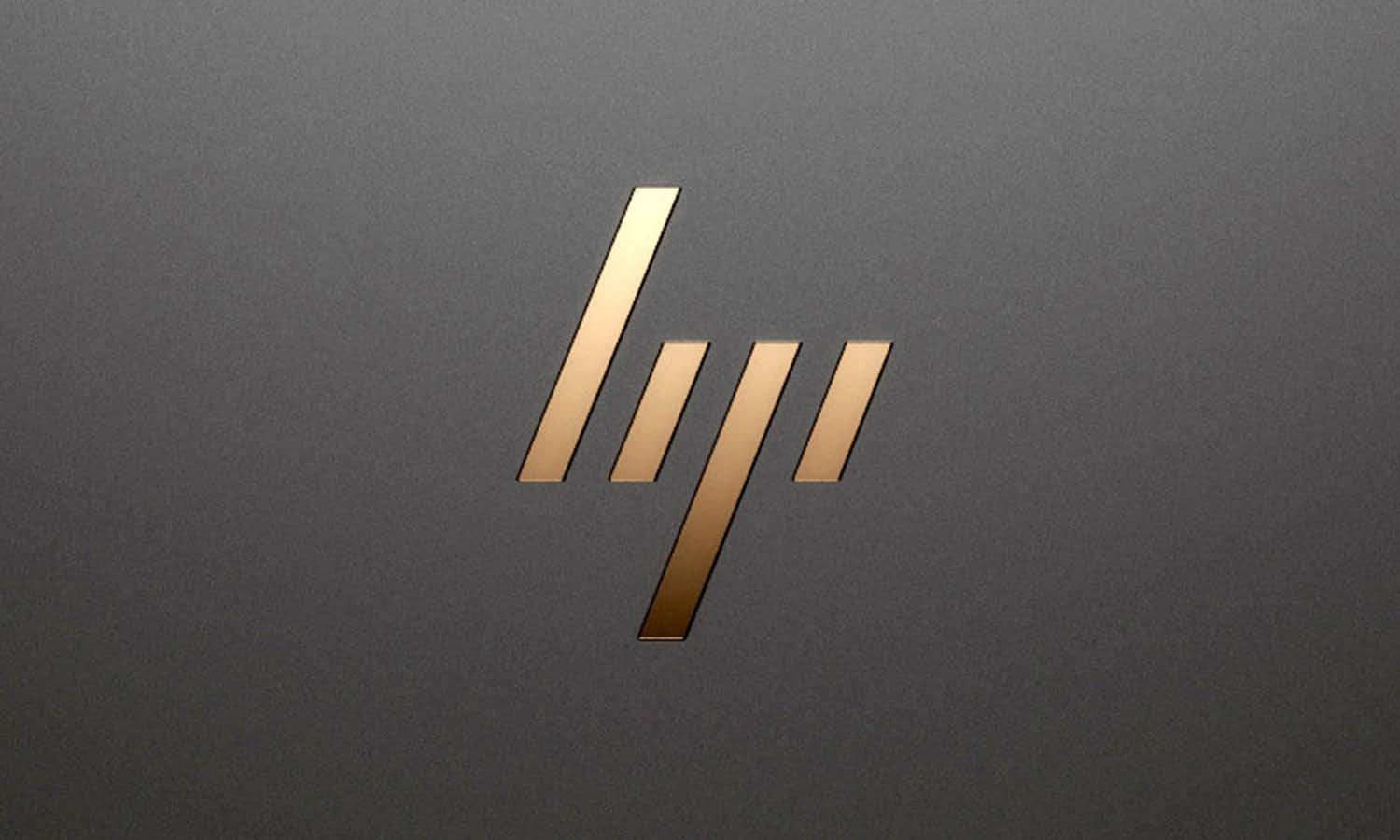
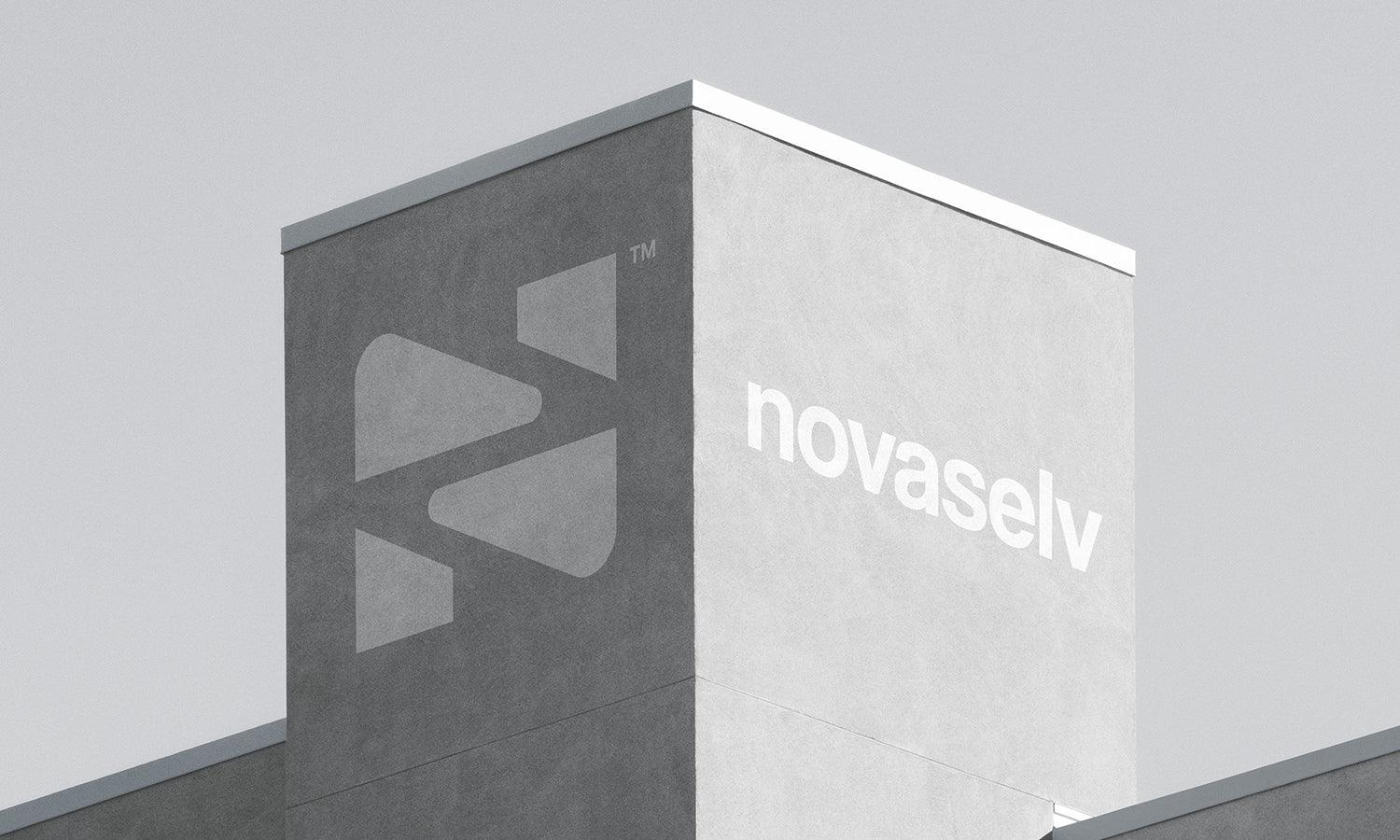




Leave a Comment